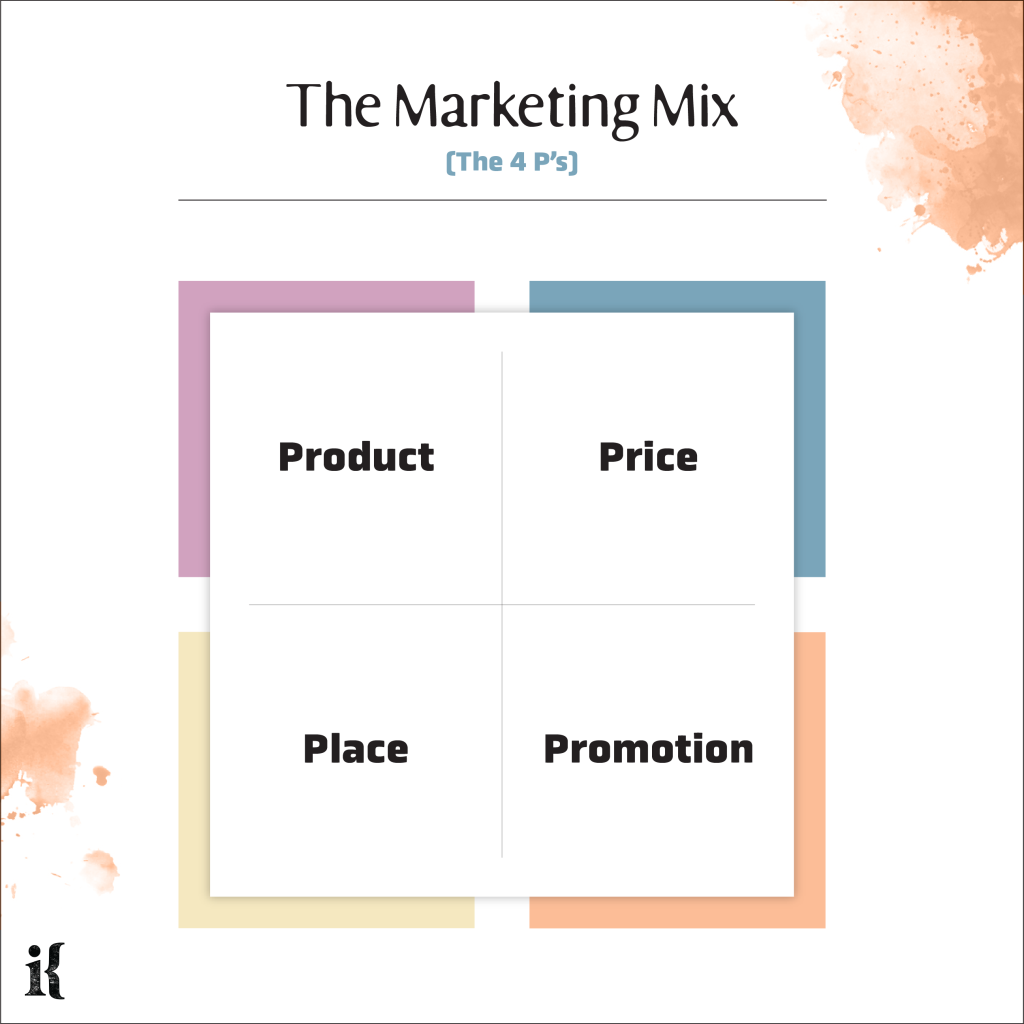Higher Education Marketing
Defining Marketing in Higher Education

What Is Marketing?
Even including a definition of marketing seems a bit presumptuous if not condescending. After all, most higher education marketing personnel are well-versed in the tenets and philosophies of marketing.
That said, it’s interesting to learn from many in the industry about how their backgrounds are very much non-marketing in nature. I heard a marketing leader from a college recently say in a presentation that she “fell into” the role after landing a job as an admissions counselor only to be promoted through the ranks just a few years later and earning the top job. She went on to explain that she had no marketing training.
Or consider the many college presidents whose deep educational backgrounds are in some other discipline. While they’ve been appointed to a role that is very much associated with marketing, they may lack the background or exposure to marketing. Now they are presiding over institutions where marketing is critical to their success. Borrowing from the late Peter Drucker, “…the business enterprise has two, and only two, basic funtions: marketing and innovation.” Chief executives must have a command of the topic in order to thrive.
Beyond that, it’s almost inevitable that a college’s marketing office will be involved in conversations with members of the institution who don’t have a good working knowledge of marketing is. In other cases, various members of a marketing team may be using different versions of the same definitions in their respective heads which cause them to have conversations around the right concepts but fail to deal them with precision and clarity. And for all of these reasons, I think it’s important to establish a central idea of what marketing is.
What Marketing Is Not
It may be more important to first establish what marketing is not. In institutions large and small, there is a common misperception of what marketing is that isn’t completely wrong, but it’s only partially right.
Many simply assume that marketing is merely advertising and promotion. It’s not uncommon to hear someone say something like, “we have to market ourselves” when what they’re really saying is, “we have to figure out how to promote ourselves.” And while promotion is an important consideration, it’s only part of the challenge.
It’s important to remind ourselves that marketing is comprised of a number of activities and attributes blended together. This “Marketing Mix,” a term coined in 1960 by Jerome McCarthy has 4 P’s: Certainly Promotion, but also Product, Price, and Place. Simply relegating marketing to promotion sells it short by at least 75%.

Beyond promoting (or advertising something), we have to figure out what to charge for it (price) and how to communicate around that, what we’re selling (our product), and where it is (place). There are books upon books on each of these subjects so we won’t belabor them here, but we should explore each of them on the surface to help us understand how all of them work together. We might also use the 4 P’s as a key component of who we define and improve our marketing in order to be sure we’re talking about the whole landscape.
In the higher education marketing context, Product is critical because it encompasses what we are actually selling and delivering. As marketers, we must step back from it and understand how it relates to customers, how it can be developed, and how stories can be told about it. What programs do we offer? What is our student life experience like? How does our career services office support our students? Product is a package of benefits that you offer to a prospective student and her family and it must be built, developed, curated, and polished all of the time. “Product” is the package of all of the value we create and deliver to the customer.
If Product is a sum total of benefit then Price is a reflection of what the consumer pays for it. And while Price is often associated with expense, it’s also a story surrounding the value of the customer. “Cheap” isn’t always the winner: it’s important to understand that. But higher costs must be justified with a message about the Price’s relationship with a long term outcome: a return on investment (not cost) that signals to the customer that paying more, along with some patience and determination, leads to more—just down the road.
Place is often associated with where the value is delivered. Traditionally, it’s been associated with physical location. Open up a restaurant in a one-stoplight town of only a few hundred residents and you’ll struggle for volume significant enough to make ends meet. But put it in the heart of Manhattan and you’ll have all the customers you need. In higher education, “Place” is more about proximity to physical assets like municipalities and employer headquarters and social assets like alumni networks and communities. It can also refer to distribution channels of your product like online learning opportunities. These days, a course can be delivered over the Internet as simply as in a physical classroom.
Promotion, or Advertising & Sales Promotion is more self-explanatory and often (see above) wins the day. It involves all of the investments and activities implemented to evangelize our offering and story to the marketplace. While much more complex, it’s often associated with buying ads, creating content on social media, and sending persuasive materials to customers. And as the fourth of the four P’s of marketing, it rounds out the Marketing Mix.
What Marketing Is
There’s no one definition of marketing. Authors Perreault and McCarthy provide a classic textbook definition of marketing: the performance of activities that seek to accomplish an organization’s objectives by anticipating customer or client needs and directing a flow of need-satisfying goods and services from producer to customer or client.1 This is certainly a handsome definition, but a mouthful for sure and maybe not the easiest to recall.
My college marketing professor put it a bit more succinctly when he described it as “the process of satisfying the customer at a profit supported by a total company effort.” As a young student entering his course, I thought I was mostly going to be learning about cool ads, layout, copy, and graphic design. But this definition quickly showed how the field of marketing was comprised of a broader series of activities about a “market” or exchange: an arena where buyer and seller reconciled a need and some money with a vendor’s product or service.
Seth Godin’s definition of marketing is a bit more approachable and relatable. He defines marketing as “the generous act of helping someone solve a problem. Their problem. Marketing helps others become who they seek to become.” I happen to like this definition because not only because it inspires us to be genuine and helpful with what we offer, but because this has particularly deep implications for higher education as a field. Godin’s definition, along with these other definitions hopefully help you think about marketing in this broader context and cast a wider net regarding the journey you are on. Marketing is about promotion, but also so much more.
1 Basic Marketing: A Global-Managerial Approach, Perreault, Jr. & McCarthy, Richard D. Irwin, 1996
Like what you're reading?
Subscribe to our newsletter to get the latest insights in Higher Education and thought leadership.


